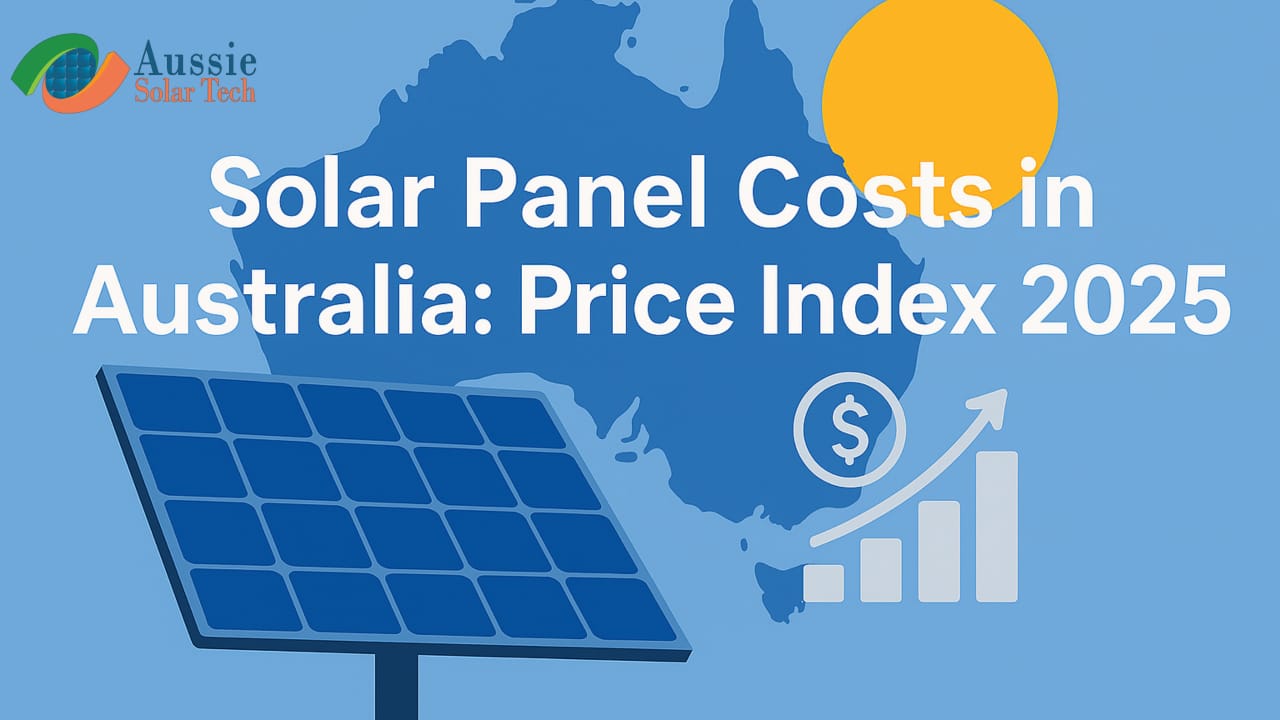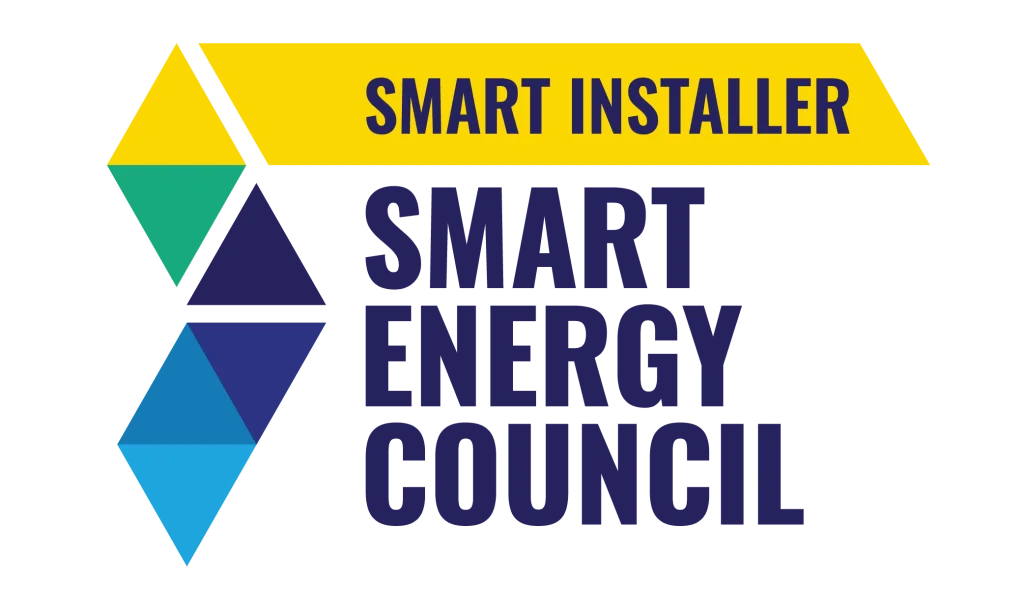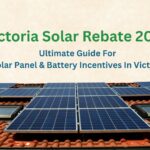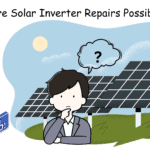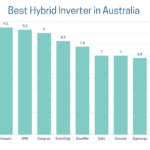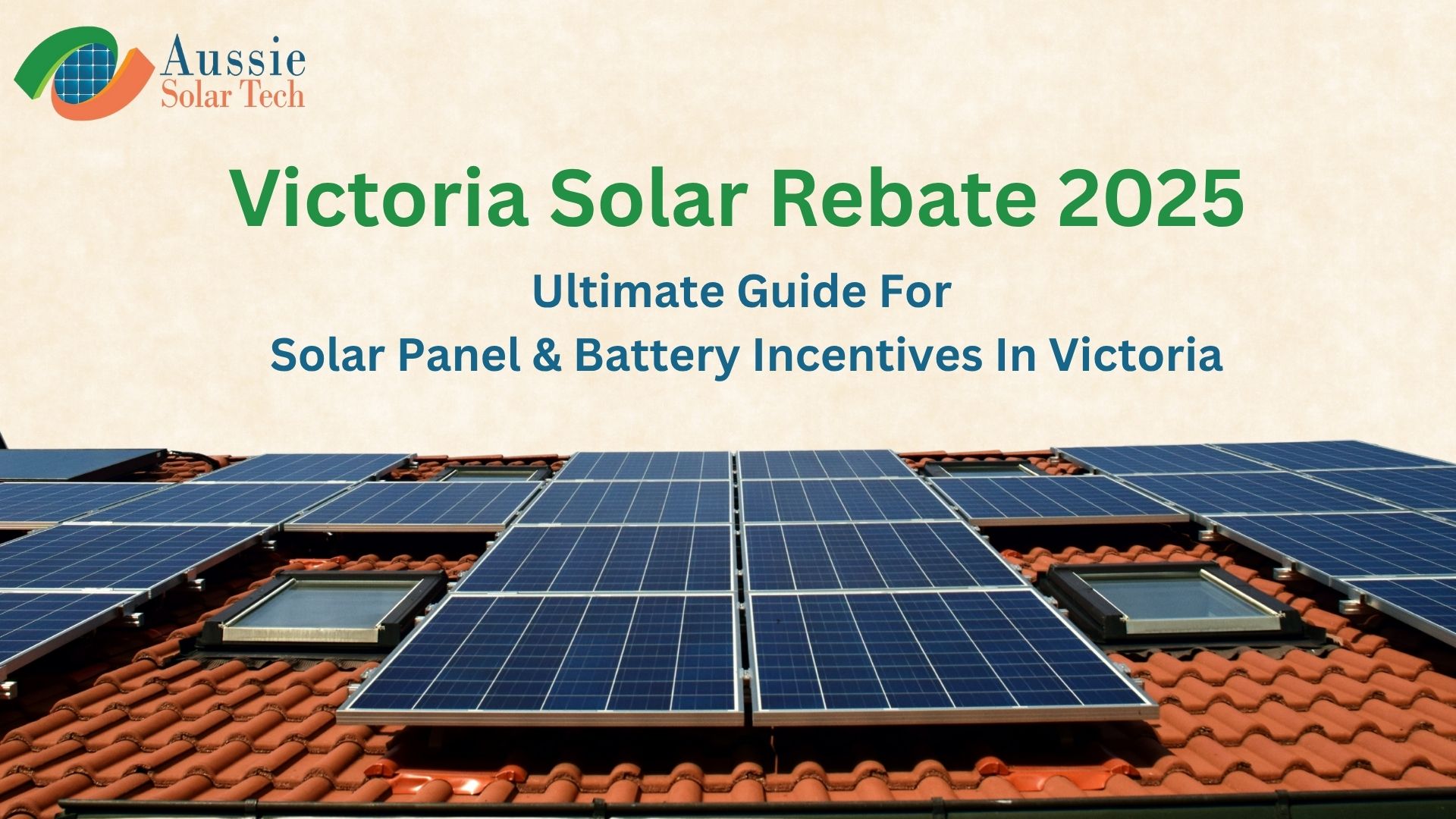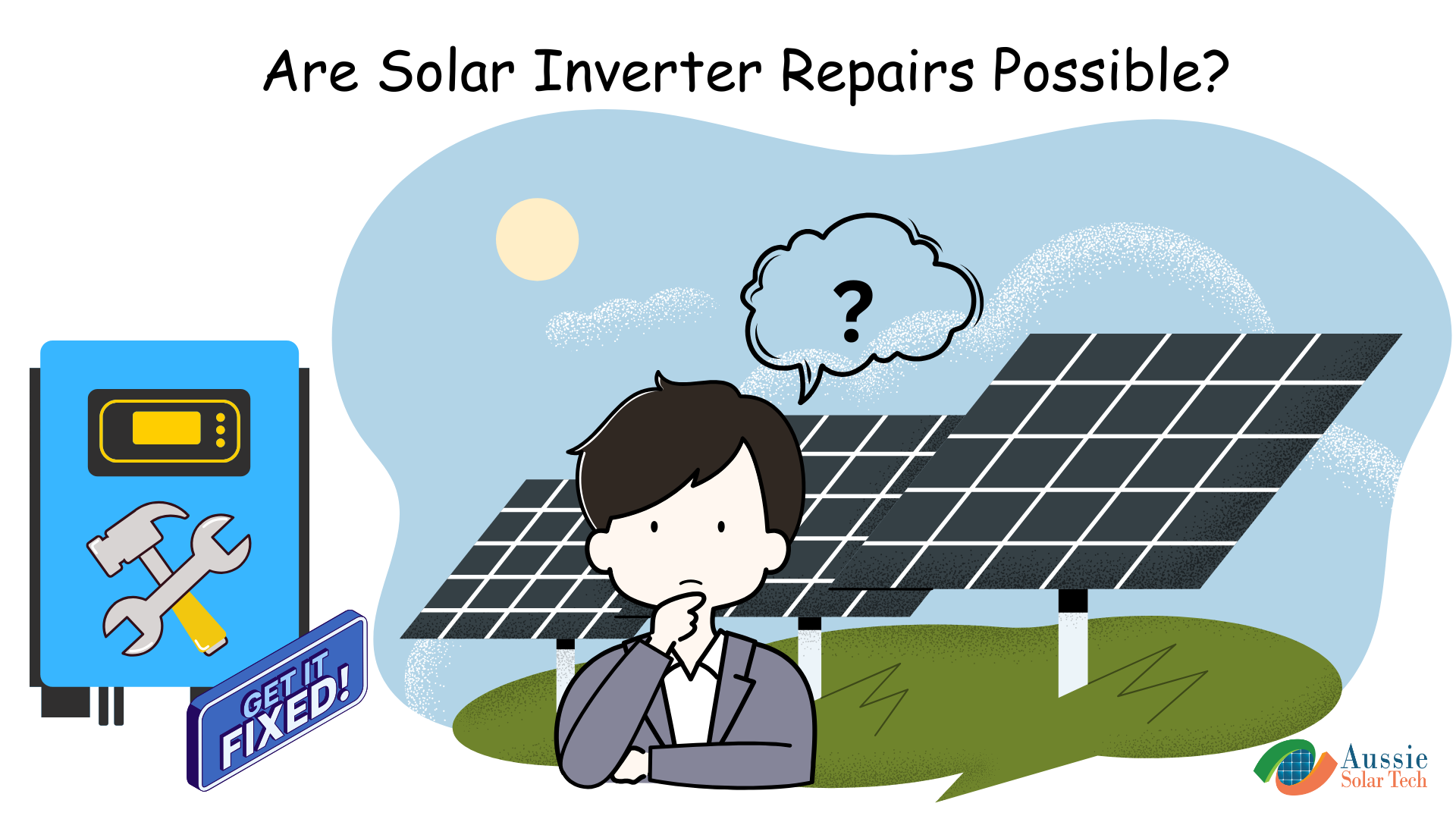On Grid Vs Off Grid Solar System: Explore The Key Differences In Australia
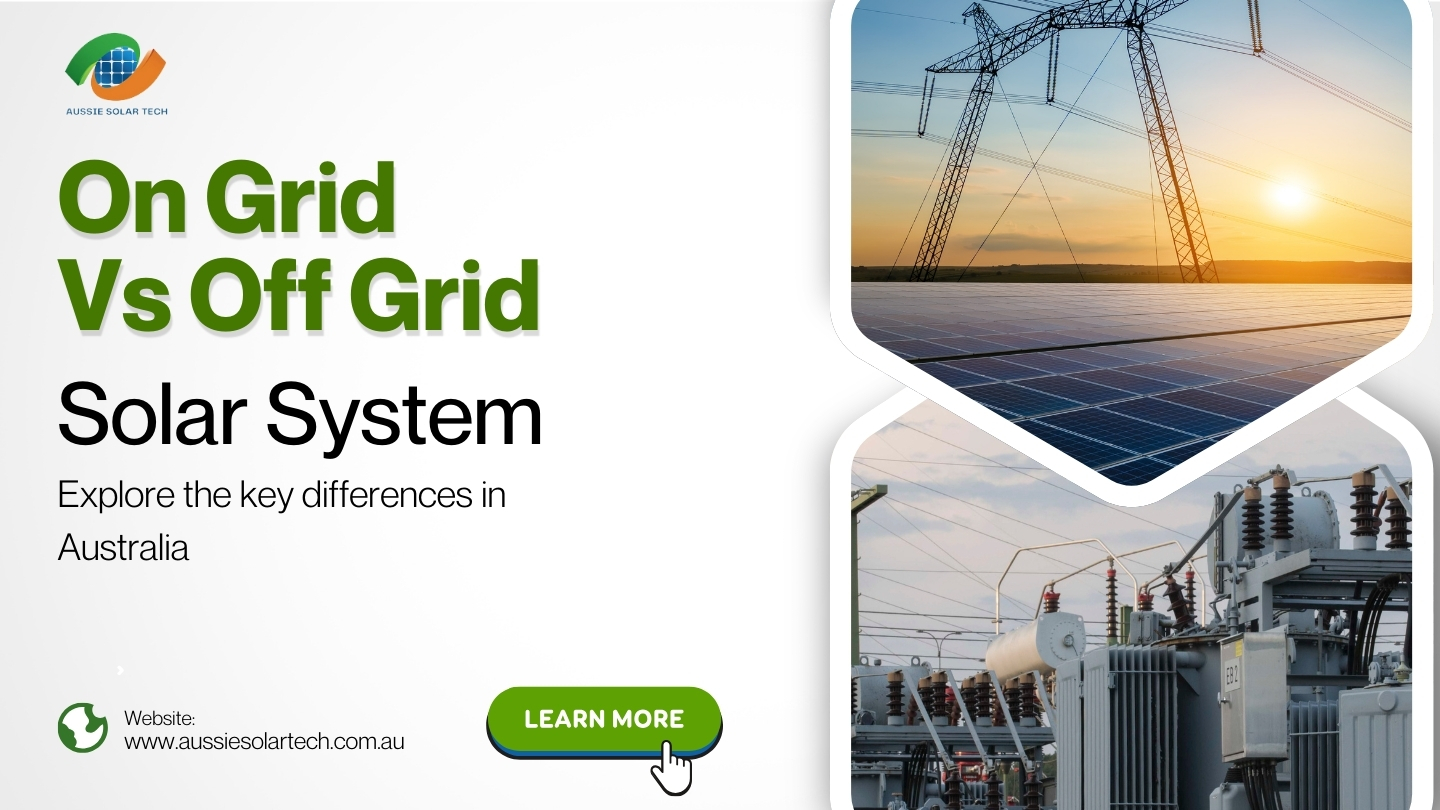
In This Article
ToggleSolar power is one of Australia’s leading renewable resources. By the end of 2024, more than 4 million rooftop solar installations will have been installed nationally. This provides about 17% of Australia’s electricity needs. The majority of this capacity is in grid-tied solar systems. A smaller proportion is in standalone or off grid solar system setups.
What you will learn step by step in this blog is:
1. Comparison of On Grid vs Off Grid Solar Systems
2. What are on grid and off grid solar systems
3. Key Differences Between On Grid and Off Grid Solar Systems
3. Their advantages and disadvantages in the Australian context
4. Ideal Uses and Regional Considerations
5. Australian Statistics and Policy Context In 2025
Comparison of On Grid vs Off Grid Solar Systems
| Feature | On Grid Solar System | Off Grid Solar System |
| Grid Connection | Connected to the public electricity grid (net metering). | No grid connection; fully standalone. |
| Components | Solar panels, grid-tie inverter; battery storage is optional. | Solar panels, inverter/charger, large battery bank, backup generator. |
| Operation | Uses grid power when solar is insufficient; exports surplus to the grid. | Must supply all power locally; surplus stored in batteries (or lost). |
| Reliability | Power is available as long as the grid is up. | Dependent on battery capacity/generator, immune to grid outages. |
| Storage Requirement | Batteries optional (not mandatory). | Battery bank mandatory (to provide night-time/low-sun power). |
| Upfront Cost | Lower (no large battery or generator required). | Higher (cost of batteries and generator added). |
| Ongoing Costs | Pays for some grid-supplied power and network fees. | No power bills; may incur fuel for backup generator and maintenance. |
| Incentives | Eligible for STC rebates, feed-in tariffs on exports. | Eligible for STC rebates; no feed-in (since not connected). Battery rebates apply if the system qualifies. |
| Energy Independence | Limited (relies on grid backup for continuous power). | Complete independence (if the system is properly designed). |
| Ideal Location | Urban/suburban areas with reliable grid access. | Remote/rural areas off the grid, or those seeking full autonomy. |
| Scale | Ranges from small home systems to very large commercial arrays. | Typically sized for single homes or small communities. |
| Advantages | Cheaper, simpler install; sells excess energy; grid as backup. | No power bills; total self-reliance; resilient to outages. |
| Disadvantages | Shuts off during outages, low export rates; still pays some bills. | Very high initial cost, complexity, and risk of running out of power. |
What Is an On Grid Solar System?
An on grid solar system (also called a grid-connected solar system) consists of solar panels, an inverter and a connection to the public electricity grid. In a typical on grid setup, rooftop solar panels generate DC electricity which is converted to AC. This is used to power a home or business. If the solar system produces more electricity than it uses daily, the excess electricity is exported (fed) to the grid, earning feed-in tariff credits. When the panels are not meeting its electricity needs (such as at night or on cloudy days), the home imports electricity from the grid as usual. In Australia, on grid solar systems benefit from a number of incentives.
The federal Small-Scale Renewable Energy Scheme (SRES) offers STC (Small-Scale Technology Certificate) rebates to reduce upfront costs. This typically reduces costs by around 30%. Many states also offer rebates or premiums for grid-connected solar. For example, Solar Victoria offers a solar panel rebate (around $1,400) for eligible installations. Combined, these policies have helped to rapidly increase the uptake of rooftop solar.
Australian solar rooftop systems save an average of more than $1,500 per year on energy bills. Large commercial adopters report similarly large savings and short payback periods from installing grid-connected solar.

What Is an Off Grid Solar System?
An off grid solar system (also called a stand-alone solar system) generates electricity for a building or property without the need for a utility grid. These systems include solar panels, an inverter or charge controller, and importantly battery storage (and often a backup generator). The batteries store excess solar energy during the day in battery storage to provide power to the home at night or during cloudy times. As the system is not connected to the grid, an off grid solar system should be sized to meet 100% of the property’s electrical needs throughout the year.
Off grid solar systems are used in rural and remote areas of Australia. Common where grid access is too expensive or unreliable. In fact, around 2% of buildings or properties in Australia are completely off grid. The majority of these are in regional or remote areas. In outlying areas (such as parts of Western Australia, the Northern Territory, and Far North Queensland), small solar-battery microgrids and stand-alone systems are often used for farming, communications, water pumping and isolated communities.
In this sense, an off grid solar power system (also called a stand-alone PV system) allows homes to operate independently of the public electricity grid. This trades off utility dependency for higher levels of advanced equipment and design complexity.
Key Differences Between On Grid and Off Grid Solar Systems
- Grid connection: On grid systems are always connected to the public grid. On grid solar systems export excess power through inverters and collect power from the grid when needed. On the other hand, an off grid solar system has no grid connection. It relies entirely on local generation and storage.
- Components: On grid solar systems typically only require panels and a grid-tie inverter (battery storage is optional). On the other hand, an off grid solar system must include a battery bank (and often a backup generator) to ensure uninterrupted power.
- Reliability and backup: On grid systems have built-in backup from the grid (as long as the grid is up). On the other hand, off grid systems must provide their own backup, so they often include a diesel or gas generator. An off grid solar system is completely self-sufficient. If its batteries run out, it will only light up if it runs without a generator or electricity.
- Cost: The initial cost of an off grid system is significantly higher. First, there is the added cost of maintaining the batteries and generator. On the other hand, an on grid solar system of the same panel capacity typically costs 30-50% less, as it can use the grid as a “VPP (Virtual Power Plant)“. This does not require a large battery bank.
- Energy independence: While off grid systems offer complete independence and immunity to blackouts, users must carefully manage their costs. On grid users, on the other hand, still rely on the utility. If the grid goes down, most on grid systems will shut down (for safety reasons). Unless a hybrid inverter or battery is added. Simply put, an on grid solar system provides savings but does not provide 24/7 autonomy, whereas an off grid solar system can provide all the power locally.
- Use of excess energy: On grid systems can sell excess solar power production to the grid for feed-in tariff credits. This helps reduce daily costs. On the other hand, an off grid solar system cannot sell electricity. Any unused production must be stored in a hybrid inverter (Tesla Powerwall) or simply lost.
- Suitability: On grid systems are ideal for homes and businesses with reliable network access. Off grid systems, on the other hand, are suitable for users who are in remote locations (away from power lines) or who demand complete self-sufficiency. (For example, very remote homesteads or ecological villages often install complete off grid solar systems.) Australians tend to use on grid solar more frequently among suburban residents, while those living in remote areas can rely on off grid solar.
- Scale: The on grid market is huge – more than 4 million rooftop systems by 2024. In comparison, the off grid market is small; for example, only 34 MW of new off grid solar was added in 2022. In practical terms, on grid solar dominates installations and off grid systems still have a niche (although important in remote areas).
In Australia, on grid (“grid-tied”) solar panels are installed on the roofs of homes. These systems generate electricity for the home and send excess power back to the grid (For more information, visit: energy.gov.au). In many Australian cities and suburbs, on grid systems are ideal, benefiting from reliable grid access and abundant sunlight.
Advantages And Disadvantages of On Grid Solar Systems
Advantages:
- Low installation costs: Installing an on grid solar system is very cheap, with the elimination of mandatory batteries. Homeowners can install more panel capacity per dollar, which can achieve a faster payback.
- Government incentives: Owners receive a federal STC rebate (SRES) for systems up to 100 kW, reducing upfront costs by about 30%. Many states in Australia also offer solar panel rebates or feed-in premiums (such as Victoria’s $1,400 PV rebate). see more
- Energy bill savings: By generating some of their own electricity, households can reduce their retail electricity bills. For example, the average rooftop system saves about $1,500 per year. Businesses also report big gains.
- Grid reliability: As long as the grid is operational, on grid users have effectively unlimited “storage” on tap. There is no risk of running out of power during normal conditions.
- Scalability and adoption: On grid solar has achieved very high penetration (over 30% of Australian homes). This scale reduces component costs and ensures many installer options.
- Upgradable for storage: Homeowners can add batteries later. New subsidies (such as the Cheap Home Battery Program) make it easier to retrofit storage to existing solar systems.
- Ease of maintenance: Grid-tie inverters and panels have fewer parts to worry about. There is no generator maintenance and batteries are optional.
Disadvantages:
- Grid dependency: If the grid fails due to a storm or blackout, even a standard on grid system will shut down (for safety). Homeowners will have no power unless they have a dedicated inverter that allows battery backup. Recent extreme weather in Victoria and NSW has many Australians thinking about backup options.
- Low feed-in tariffs: Many regions now offer very low export rates (often just a few cents per kWh). This limits the value of additional solar generation. (In some states, the lowest feed-in tariff is as low as 3–6 cents/kWh).
- Export constraints: During peak solar times, distribution networks can become saturated. Some households find their solar generation reduced or limited.
In practice, this means that not all of the solar power you produce can always go to the grid. - Low energy independence: Grid-connected households still pay some network and retail charges on imported electricity. They face increased electricity prices for electricity taken from the grid.
- Regulatory constraints: Some grid-based areas have limited capacity to connect new solar power. And sometimes none at all.
Heritage and zoning regulations can also limit the visibility of solar panels in some communities. - Missed opportunities for full savings: On grid systems can never be used off grid, so households interested in a 100% renewable lifestyle may see on grid solar as only a partial solution.
Advantages And Disadvantages Off Grid Solar Systems in Australia
Advantages:
- Complete independence: An off grid solar system makes a home a fully utility-based system. In remote or grid-free locations (such as outback stations, islands, remote farms) this is invaluable. For example, a properly sized off grid solar system can power a homestead or farm day and night with just solar power and batteries.
- No electricity bills: Without a grid connection, owners do not need to pay any ongoing electricity bills or network charges. Rather, over time, households using this system can save significantly (at the cost of their upfront investment).
- Remote location solutions: In large areas of Australia, extending power lines is not economically feasible. Off grid solar systems provide electricity where no utilities existed. They replace diesel generators. For example, many Northern Territory and Washington cattle stations now use solar-plus-storage systems instead of diesel. This has been made possible by the replacement of off grid solar systems.
- Outage resilience: This system (with generator backup) remains operational during storms or utility failures. It can continue to provide power autonomously.
- Environmental impact: It drastically reduces diesel consumption. An off grid system replaces more than 4,150 liters of diesel fuel per year, significantly reducing greenhouse emissions.
- Technological advancements: Modern lithium battery technology and smart controllers have made these systems much more reliable. Today, these systems, if properly designed, can meet most of the needs of a household.
Additional Off Grid Benefits in Australia
- Microgrid flexibility: Many remote communities have implemented off grid microgrids. These technically work by connecting multiple off grid solar systems together. Such configurations often include solar, battery banks and backup generators. This creates a local “mini-grid” network that is more powerful than a single-house system.
- Community empowerment: In some rural communities, off grid solar systems (such as the Lakeland project in QLD) are funded by government programs to provide clean electricity and employment where the grid is unstable or non-existent.
Disadvantages:
- High upfront costs: Off grid setups require solar panels and large batteries (an inverter and often a generator). A typical 5-10 kW off grid solar system with batteries can cost thousands of dollars, much more than a similar on grid system.
- Complex sizing and design: An off grid solar system must be carefully designed for any given installation. Installers must analyze seasonal sunlight, household energy usage, and battery needs. Mistakes can result in under-sizing the system. In fact, an off grid solar system should be sized to meet local climate and usage; under-sizing can lead to blackouts.
Click here to contact a Solar Accreditation Australia (SAA) accredited installer. - Maintenance requirements: Regular battery and generator maintenance is required. Eventually, it will also need to be replaced (batteries every 5-15 years, regular generators). This increases the total cost of owning a home. Off grid owners often have to be semi-experts in maintaining their energy systems.
- Outage Risk: If a battery bank runs flat (such as after several cloudy days) and the generator fails, the home will be without power. In short, every off grid solar system owner should have a backup plan in place.
- No Export Benefits: Off grid solar system power cannot be exported, so owners receive no credit or payment for excess solar power. All power must be used on-site. Otherwise, it is wasted.
- Lifestyle Adjustments: Off grid living may require reducing the use of appliances that draw high-load electricity. Owners can avoid high-load appliances when the battery is low, or shift usage to peak sunlight hours to maximize direct solar energy use.
Ideal Uses and Regional Considerations of On Grid and Off Grid Solar System
- Urban/Suburban Homes: For Australian residents who live in cities and suburbs, grid-connected on grid solar systems are ideal. These locations have access to the existing grid network, so on grid systems can provide savings without major lifestyle changes. Almost all new residential solar installations in populated areas use on grid systems.
- Remote and rural properties: Properties located far from the grid (e.g. remote cattle stations, homesteads, islands) should often use an off grid solar system. The cost of building power lines on such properties can be thousands of dollars per kilometer. This makes off grid solar (plus batteries/generators) more cost-effective in the long run.
- Renewable energy enthusiast: If you prefer to go completely off grid in principle (even in grid areas) to survive in the environment, you will need to be willing to pay extra and manage the system. For example, eco-villages and bush retreats can install an off grid solar system to ensure independence.
- Regional climate: Some northern regions of Australia receive very high levels of solar radiation throughout the year. Off grid solar systems are more effective there, as the panels produce a lot of electricity even on short winter days. On the other hand, in southern Australia or in very cloudy areas, off grid systems cover the low-production periods. This requires a lot of storage, which makes them more expensive.
- State initiatives: Western Australia leads the way in off grid adoption for large-scale and remote renewable projects, partly supported by local government. Eastern states with dense grids see almost all solar as on grid. However, national policies now support storage in all regions (such as new battery rebates).
- Energy independence: If recent storms or bushfires have threatened your electricity supply, off grid solar systems can be attractive. Those who experience frequent power outages often appreciate the resilience of off grid systems, despite the higher cost.
Australian Statistics and Policy Context In 2025
Australia now has the world’s highest rate of rooftop solar. By the end of 2024, Australians will have installed about 40.18 million solar panel systems. The vast majority of these are on grid systems. About 300,000 new systems are added each year. The Clean Energy Regulator predicts that by 2025, there will be about 317,000 installations. These are generally larger systems than in the past. The average residential PV size is now about 8.7 kW.
Rooftop solar has become mainstream, with about a third of Australian homes powered by solar. The majority of these installed systems are on grid solar, which is connected to the main grid. A small proportion are standalone or hybrid. Off grid capacity additions are comparatively small.
Only 34 MW of new off grid solar was added nationwide in 2022. Meanwhile, the adoption of battery storage is accelerating. This means that by the end of 2024, there were approximately 121,551 home battery systems installed in Australia (including 28,000 new ones in 2024 alone). This growth in batteries has been driven by falling prices and new incentives.
In principle, the federal Small-Scale Renewable Energy Scheme (STC Program) plays a key role. Each new small-scale solar (and battery) installation results in approximately 30% lower costs. see more..
A new scheme, the Cheaper Home Batteries Program, was launched in mid-2025: this AUD$2.3 billion program provides a rebate of approximately 30% (approximately $370 per kWh) on home batteries through the STC for systems up to 50 kWh. These incentives apply to both on grid and off grid systems (as long as they meet technical regulations).Many states also have programs. For example, Victoria offers a $1,400 solar panel rebate and interest-free loans for PV and batteries. Queensland, SA and others have offered feed-in tariffs or battery subsidies in recent years.
The overall trend is clear: national and state policies favor the installation of more solar (and storage) systems, either on or off grid. The Labor government’s net-zero target (2050) and ARENA funding for microgrids further support both grid-tied and standalone solar projects.
Conclusion: Choosing the Right System
Your choice of on grid or off grid solar system will depend on your location, budget and energy goals. For most Australians in towns and cities, a grid-connected on grid solar system will make the most sense. It is relatively inexpensive and offers significant bill savings with the safety net of the grid.
On the other hand, properties located far from the grid (or whose owners insist on complete independence) may find an off grid solar system worthwhile, despite the higher cost. However, careful planning is essential here. This is because off grid systems require the right panel-to-battery ratio and possibly a backup generator.
Key guidelines: If you have reliable grid access and want low bills, go on grid. Conversely, if you live off grid or want complete independence from utility use, choose an off grid solar system.
Consult with our professional solar installers. They can help ensure you select the right configuration for your area and needs.

Shah Tarek is a Solar Energy Consultant with 10 years experience in solar system design and solar consultancy field at Australia. He is now a Director, Operation & Consultancy Division at Aussie Solar Tech, a leading Australian solar retailer and installer. Here he is writing informative and engaging solar content that educates the community on the benefits of solar power. His work supports Aussie Solar Tech’s mission to promote sustainable energy solutions and foster a greener future for Australia.
Recent Posts


